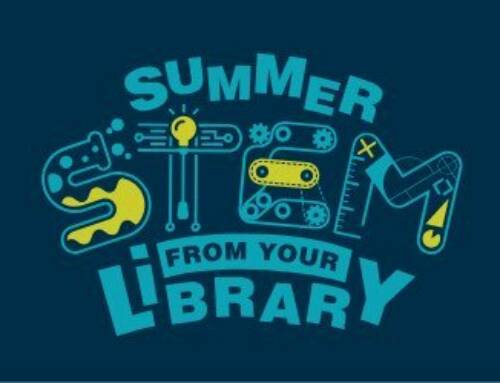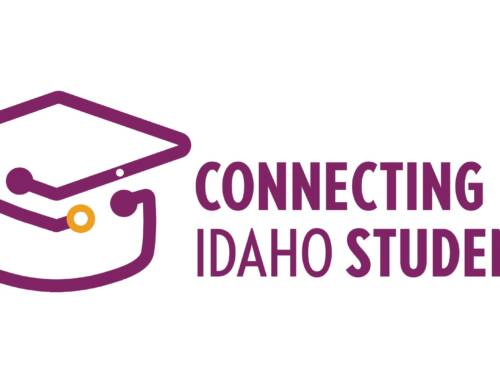The AASL National School Library Standards are actually three sets of standards: one for learners; one for school librarians; and one for the school library program itself. All three of the standards sets, called Frameworks, use the same Shared Foundations, which reflect the core values of school librarianship. They are at the highest level of the Standards’ hierarchy for each of the three frameworks.
There are six Shared Foundations and here is how they, and their accompanying Key Commitments, work to organize the standards and create a variety of entry points for the standards:
Let’s use the Include Shared Foundation to look at how they are addressed across the different Frameworks in the Standards.
Excerpt From AASL’s National School Library Standards Framework for Learners:
When learners’ community includes members with diverse experiences, they are award of a range of viewpoints and anticipate the challenges often encountered in reaching consensus. Learners who include other perspectives in their understanding
• build balanced perspectives and develop skills that allow these learners to articulate ideas;
• develop comprehensive and effective knowledge products;
• exhibit tolerance for differing viewpoints; and
• reflect on their perspectives and the perspectives of others.
Learners who master Include are productive when working with others.
This standard aligns beautifully with the Idaho Core Standard’s College and Career Readiness Anchor Standards for Speaking and Listening (grades K-12) under Comprehension and Collaboration:
1. Prepare for and participate effectively in a range of conversations and collaborations with diverse partners, building on others’ ideas and expressing their own clearly and persuasively.
and
3.Evaluate a speaker’s point of view, reasoning and use of evidence and rhetoric.
Experpt from AASL’s National School Library Standards Framework for School Librarians:
The fundamental concept Include addresses an understanding of and commitment to inclusiveness and respect for diversity in the learning community. School librarians are champions of these attributes, helping learners navigate varied perspectives and understand cultural relevancy. School librarians nurture productive debate and conversation by promoting the ideal of Include.
The AASL Framework for School Librarians can be used with the Charlotte Danielson Framework and the Marzano Focused Teacher Evaluation Model. Both are addressed and crosswalk guidance is provided in the standards publication.
Excerpt from AASL’s National School Library Standards Framework for School Libraries:
An effective school library will include resources, programs, and services that meet the needs of all learners; represents various points of view on current and historical issues; and provides support across a wide range of interest areas. The school library’s resources are diverse and inclusive, enabling learners to broaden their interests and understanding through exposure to new authors, genres, multiple forms of resources, and opportunities to recognize themselves as members of a global learning community.
An aspect of the new standards that will look familiar to those who have used Standards for the 21st Century Leaner and Empowering Learners, the previous standards and guidelines from AASL, is the Domain level of the hierarchy: Think, Create, Share, Grow. Under the Domains are Competencies, the most detailed level where, of course, the three Frameworks diverge, and where March’s School Zone will pick up.
In the meantime, check out http://standards.aasl.org/project/foundations/ for more information on the shared foundations and to download the AASL Standards Framework for Learners. To get all three Frameworks, in addition to the print book, the mobile app is available in the Apple App Store and at Google Play.




